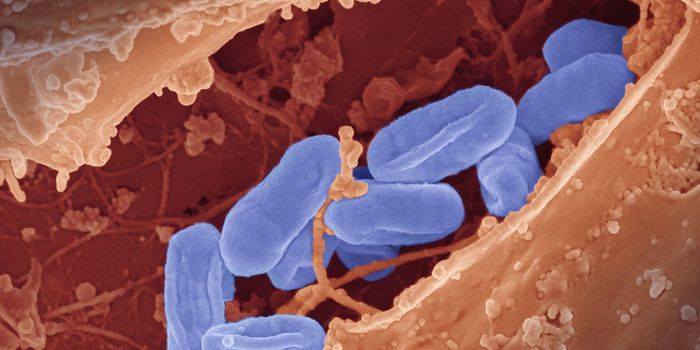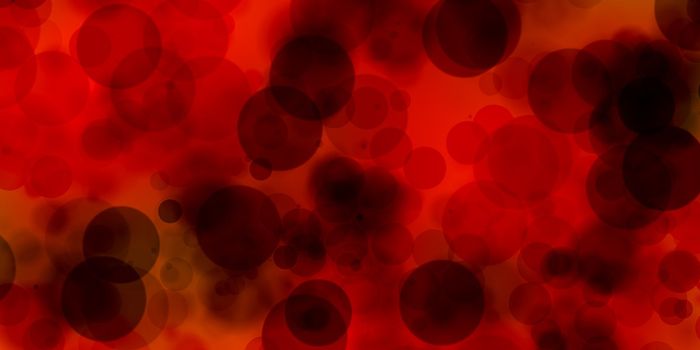A Protein-Coding Portion of Telomeres is Discovered
Telomeres are repetitive sequences of DNA that can be found at the ends of chromosomes, where they form a kind of protective cap. Telomeres get shorter every time a cell divides, and they are thought to have a close connection to aging. The repetitive sequences that compose telomeres were not thought to code for any proteins, but new research has found otherwise. In new work reported in the Proceedings of the National Academy of Sciences (PNAS), scientists have shown that there are sequences for two small proteins within telomeres. The levels of one of those proteins was also found to be increased in some types of human cancer cells and in individuals with telomere disorders.
This study suggested that these proteins may act as diagnostic biomarkers, and assessing their levels in blood could be a way to screen for some diseases and cancers, said study co-author Jack Griffith, Ph.D., a Professor at the University of North Carolina (UNC) School of Medicine. "These tests also could provide a measure of 'telomere health,' because we know telomeres shorten with age."
There are long repeats of the sequence TTAGGG in telomeres, and at the ends of telomeres, the DNA forms loops and tiny circles that block chromosomes from fusing together. These sequences have long been thought to be absent of any protein-coding function.
Previous work revealed that a six-base-pair repeat of DNA could be found in an inherited form of ALS; it generated toxic proteins. The researchers thought that a similar process may have been at work in certain parts of telomeres.
In this research, the investigators revealed that short sequences in telomeres can lead to the production of proteins that were called VR (for its two amino acids: valine and arginine), and GL (for glycine and leucine). These little 'proteins' or dipeptides can act as signals to trigger a cascade of other biochemical reactions in the cell.
With confocal and electron microscopy, the researchers found that VR is increased in some human cancer cells and in patients with telomere disorders.
"We think it's possible that as we age, the amount of VR and GL in our blood will steadily rise, potentially providing a new biomarker for biological age as contrasted to chronological age," said study co-author Taghreed Al-Turki, Ph.D., a postdoctoral researcher in the Griffith lab. "We think inflammation may also trigger the production of these proteins."
"Discovering that telomeres encode two novel signaling proteins will change our understanding of cancer, aging, and how cells communicate with other cells," added Griffith. "Many questions remain to be answered, but our biggest priority now is developing a simple blood test for these proteins. This could inform us of our biological age and also provide warnings of issues, such as cancer or inflammation."
Sources: University of North Carolina Health Care, Proceedings of the National Academy of Sciences









